Wild cats are a fascinating group of animals, each with its unique adaptations and behaviors. Among the many intriguing aspects of their behavior is their relationship with water. While some wild cats are adept swimmers and frequently interact with water, others avoid it altogether. This divergence raises intriguing questions about evolutionary adaptations and survival strategies. In this article, we explore why some wild cats are excellent swimmers, while others keep their distance from water bodies, shedding light on the diverse lifestyles of these captivating creatures.
The Diverse World of Wild Cats
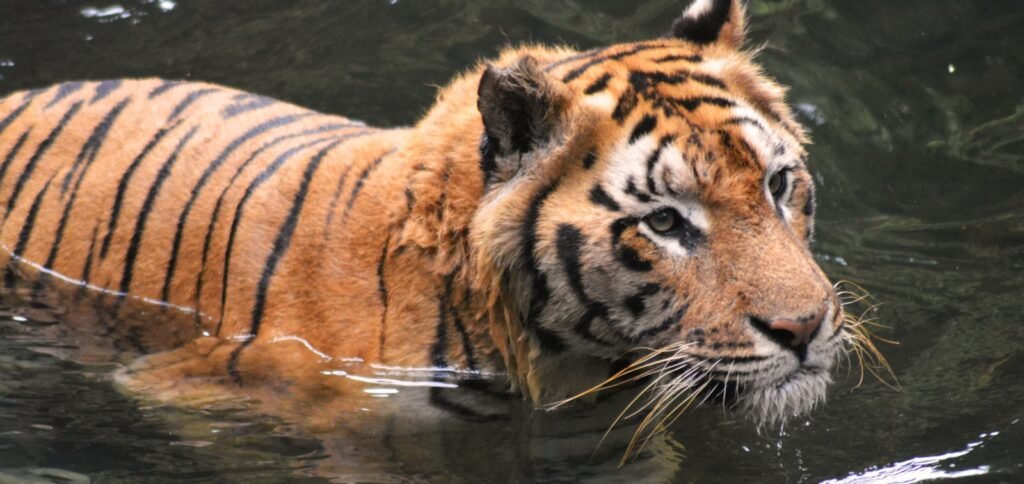
Wild cats belong to the Felidae family, which is composed of a variety of species ranging from the mighty lions and tigers to the more elusive ocelots and caracals. These species inhabit diverse environments, from dense jungles to arid savannahs, and have developed unique adaptations to thrive in their respective habitats.
Evolutionary Adaptations
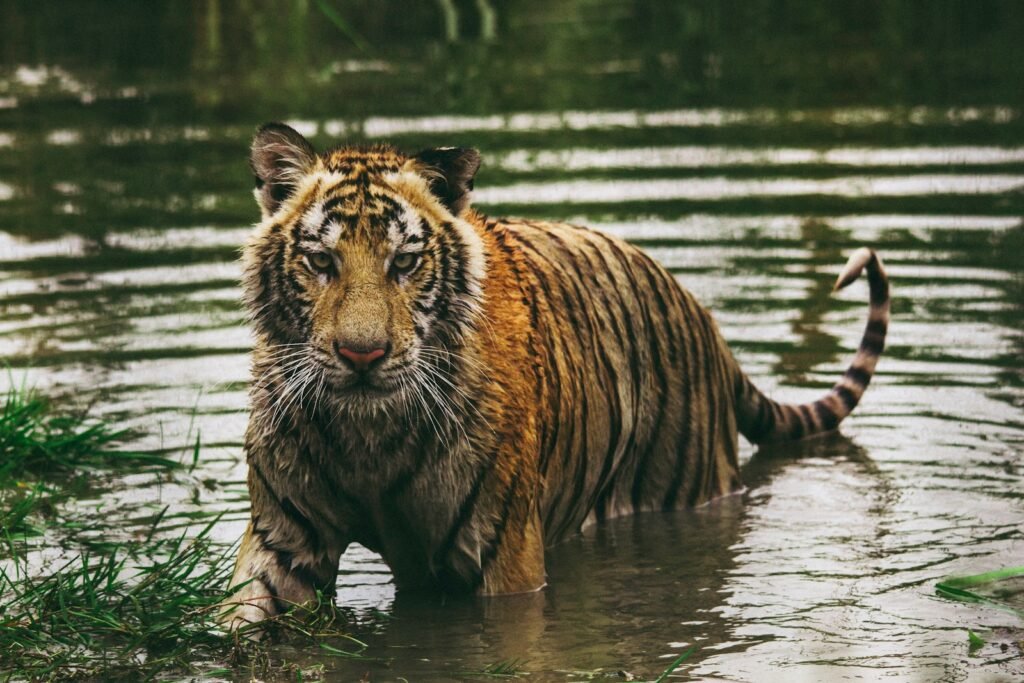
The relationship between wild cats and water largely hinges on evolutionary adaptations. Some species have evolved in water-rich environments, which has influenced their ability to swim. For example, the Asian habitats of tigers are often peppered with rivers and swamps, making swimming a valuable skill for hunting and navigation.
The Expert Swimmers

Some wild cats are naturally skilled swimmers. Tigers are perhaps the most famous feline swimmers, frequently crossing rivers and lakes with ease. They have muscular builds and webbed paws that aid in their swimming prowess, a necessity in the floodplain habitats they often occupy. Another water-loving feline is the jaguar, found in the dense rainforests of the Amazon. Jaguars are known for their ability to swim long distances and even prey on aquatic animals.
Why Some Cats Avoid Water
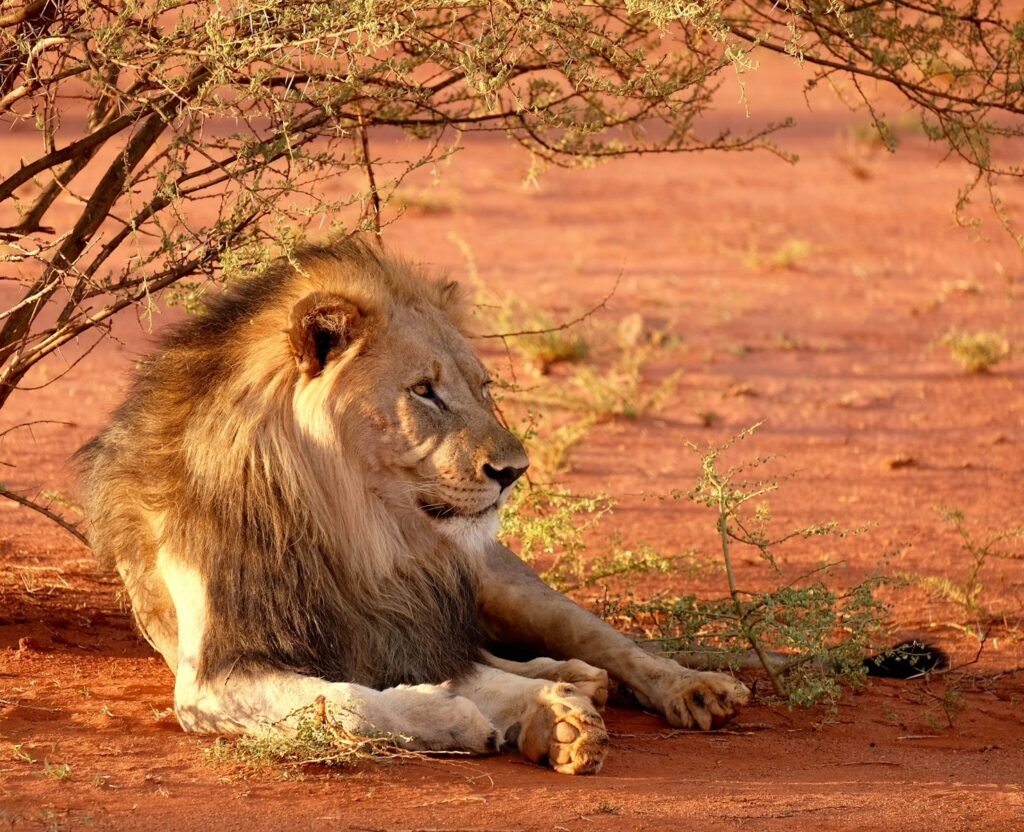
In contrast, many wild cats avoid water as a matter of evolutionary disposition. Species such as the African lion and the cheetah tend to reside in arid or savannah environments, where water is scarce. These cats have not developed the same aquatic tendencies because their survival strategies did not necessitate interaction with water; instead, they’ve adapted to thrive in open, dry lands where speed and stealth are paramount.
Physical Characteristics
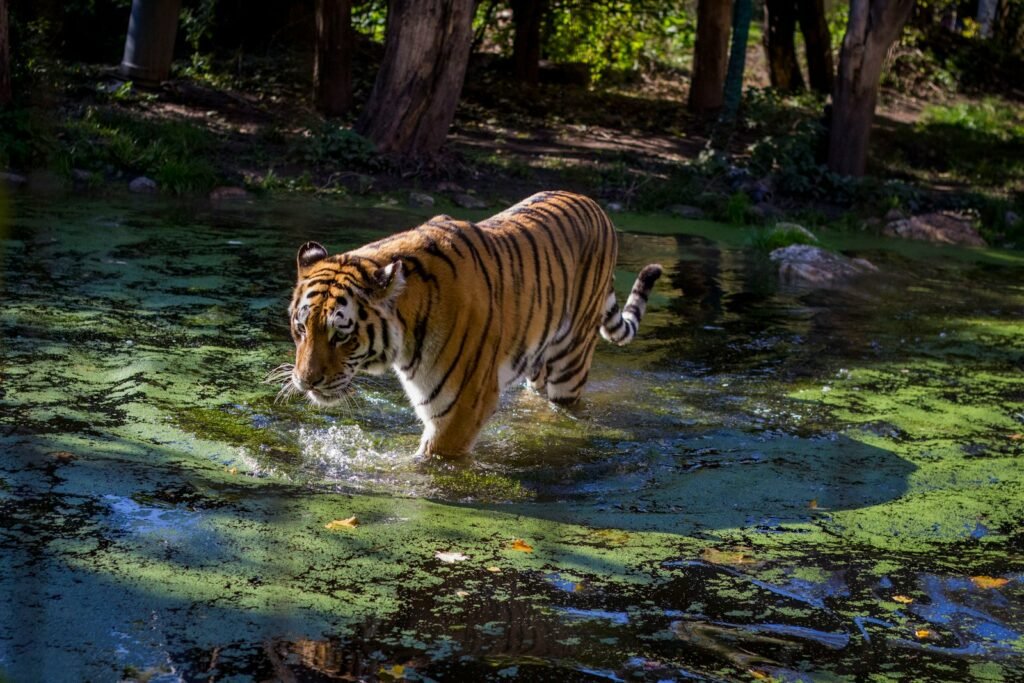
The physical makeup of wild cats also plays a significant role in their affinity or aversion to water. Cats like tigers and jaguars have robust and powerful builds, suitable for swimming. They possess strong limbs and water-resistant fur, providing buoyancy and insulation. On the other hand, the slimmer physique of cheetahs and their lack of insulating fur discourages prolonged exposure to water.
Behavioral Patterns
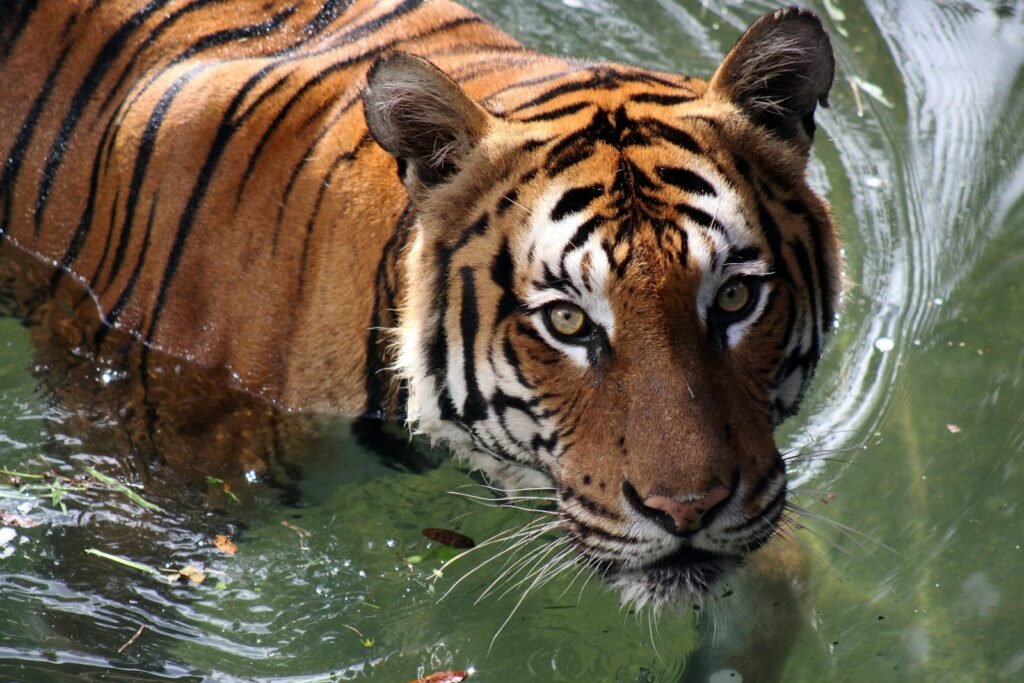
The lifestyle and behavior of these cats offer insights into their differing attitudes toward water. Tigers and jaguars often use water as a means to regulate their body temperature during hot spells, while more arid-region cats find shade and shelter on land. Predatory habits also play a role—water provides hunting opportunities for some cats, while others rely on speed and camouflage in dry environments.
The Role of Habitat
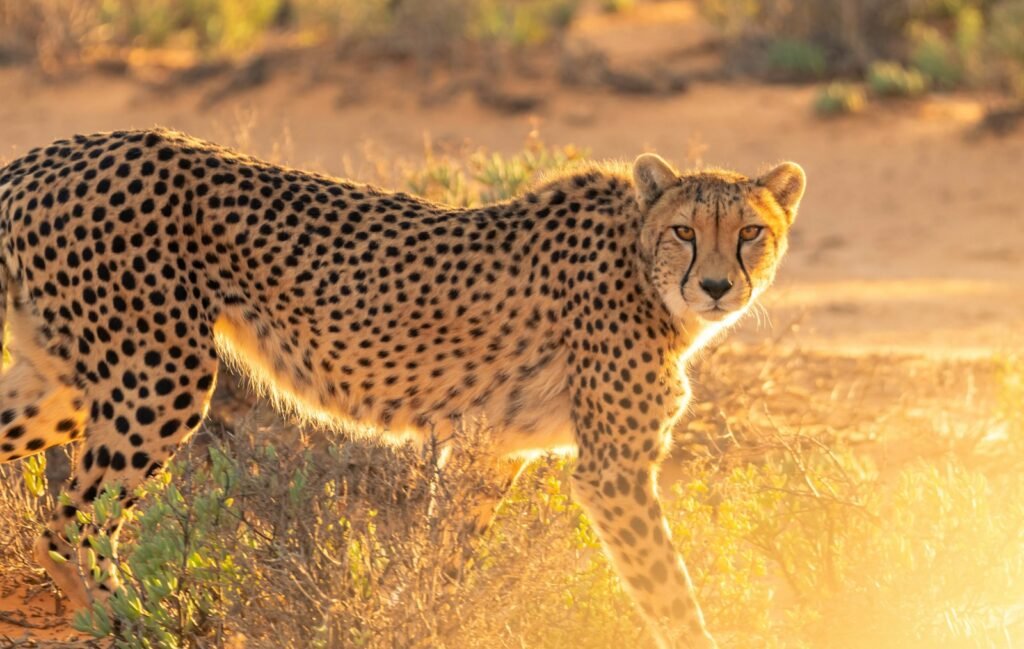
Habitat significantly influences whether a wild cat will swim or avoid water. Habitats rich in aquatic ecosystems naturally encourage swimming skills in cats like the fishing cat, which relies on the abundance of fish in waters of South and Southeast Asia. Conversely, desert and savannah cats have evolved differently to survive with minimal water interaction.
Conclusion

The striking difference in swimming abilities among wild cats is a testament to the power of evolutionary adaptation. These variations reflect the diverse environments these animals inhabit and their responses to survival challenges. Some wild cats, such as tigers and jaguars, have thrived by embracing water as part of their ecological niche, while others, like lions and cheetahs, have adapted to excel in drier landscapes. Understanding these complexities enriches our appreciation of wild cats’ adaptability and the intricate dynamics of nature.

Growing up traveling and experiencing new cultures and wonders, I have had a passion for nature, adventuring, photography, and videography. I am currently working towards a BSc in Biodiversity and Ecology at Stellenbosch University, and I hope to specialise in Marine Sciences one day.
Please send any feedback to Feedback@animalsaroundtheglobe.com






